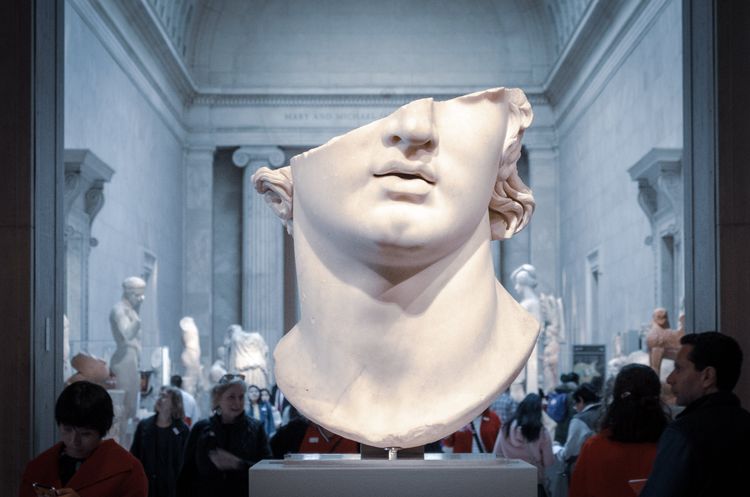🦀 Issue 154 - My head!

This week, we’re talking about what happens after a concussion, well after a concussion. That’s because this week my head is bothering me and I’ve been thinking about it. My last mTBI was four years ago last month and I’m generally doing pretty well, but there are some definite changes present. Most people don’t still have things going on years later, but some do. So let’s talk about post-concussion care with one direct PT thing. King Crab supporters received two more articles this week (as always, as you know). One about how SLPs help PTs with concussion care and another on depression and concussion. Get everything for just a few dollars by becoming a supporting member and join hundreds of PTs just like you trying to learn more.
You also get to comment on these editions every week and talk them over with other PTs!
With that, let’s dive in!
But is it your neck?
The Gist - Here’s the deal folks, it’s possible that some lingering post-concussion symptoms aren’t actually your head. Like headaches, dizziness, and neck pain, for example. Those could all be coming from a neck, but it’s hard to tell. This piece in a 2019 JOSPT edition looks into this. 749 cases of mTBI are estimated to occur per 100,000 person-years and about 48% “report substantial persistent symptoms 1 year following injury.” But if they’re the three symptoms from above, they may not be coming from the brain at all. But how can you tell?
Well, you can’t. But the authors of this paper took a good approach, assessing 20 individuals with concussion and neck pain and putting about half of them (11) through neck treatment with pre and post treatment assessment. The theory was that if treating the neck symptoms improved the “concussion” symptoms then they were probably coming from the neck. Participants were evalled at a mean of 7.5 weeks post-concussion, all had headaches with a mean frequency of 5.6 days per week and 15 of the 20 reported dizziness.
The PTs in the study went their own ways with neck treatment, then assessed at the end. After treatment for neck problems, participants’ headache duration and severity decreased significantly, while dizziness frequency decreased as well.
Tell Me More - This is (obviously) a small study without a lot of controls. It’s also a case-control study, so not the best to draw conclusions from. I know all this to be true. It’s early days on a process like this and there may not be a better way to separate brain symptoms from neck symptoms, but the world is open to ideas. The point to take away is that we shouldn’t rule out either in our approach. There’s no reason to assume that headaches and dizziness are only coming from the brain if there is concurrent neck pain after a concussion. And there is almost always concurrent neck pain from a concussion.
I’ll close with this from the paper
The extent of neck involvement relative to other variables is unclear. Participants who did not achieve resolution of headache or dizziness reported changes in frequency, duration, or severity, which may be clinically relevant. These preliminary results suggest that neck treatment is worth exploring in further controlled studies. Persistent symptoms post-concussion are complex, and assessment and treatment of the neck are relatively accessible and affordable.
So like, do it.
Paper? Here ya go!
And that’s our week! If you’re interested in any more about this or my own case history or anything else, always feel free to get in touch, Luke@PTCrab.org. And do consider supporting the Crab it’s worth it. Thanks!
Have a great week!






Comments
Want to leave a comment and discuss this with your fellow PTs? Join PT Crab and get summarized PT research in your inbox, every week.